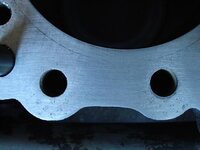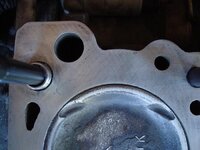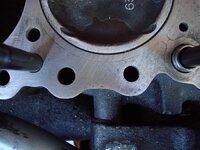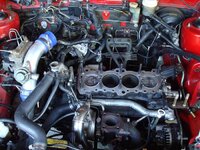matt98eclipse
15+ Year Contributor
- 1,078
- 0
- Aug 15, 2006
-
mesa,
Arizona
Hey guys I just got my head back from the shop they replaced my valve seals, hot tanked, and mild it.
I have 3 questions.
1-What head gasket should i use?
2-What should i torque my arp's to?
3-Should i use copper spray on the head gasket?
I wanna run a little over 20 pounds.
I just bought a nice front mount intercooler kit along with some PTE 680 injectors and a afpr!
ANY help would be GREAT!
I have 3 questions.
1-What head gasket should i use?
2-What should i torque my arp's to?
3-Should i use copper spray on the head gasket?
I wanna run a little over 20 pounds.
I just bought a nice front mount intercooler kit along with some PTE 680 injectors and a afpr!
ANY help would be GREAT!























